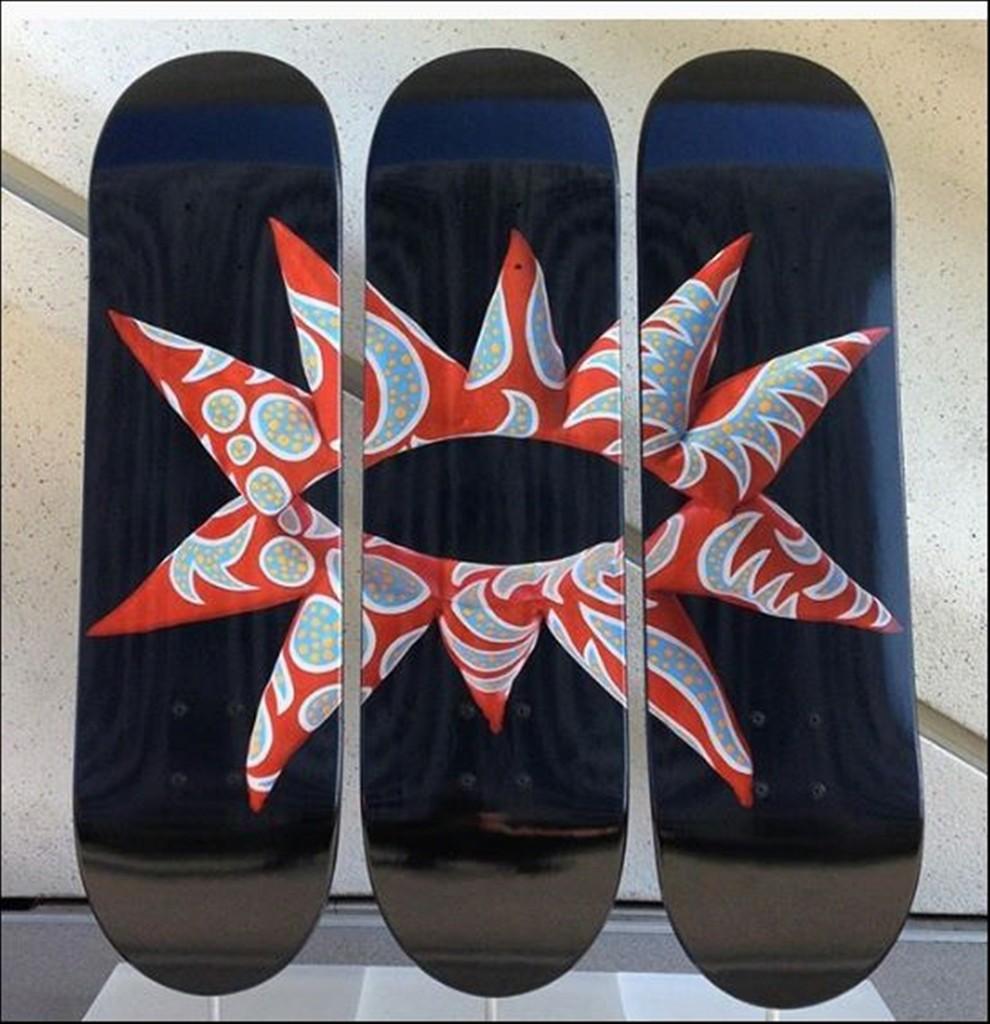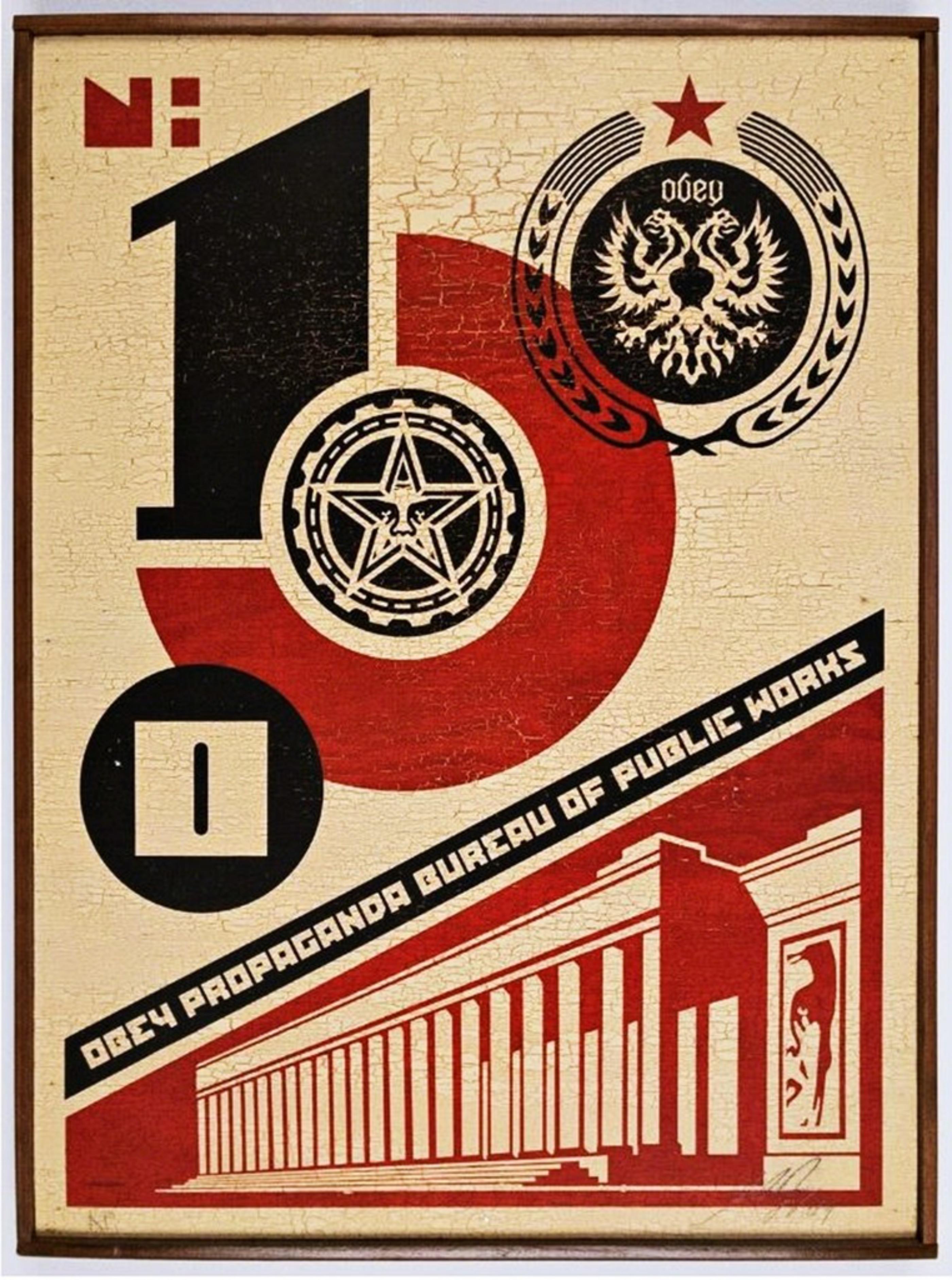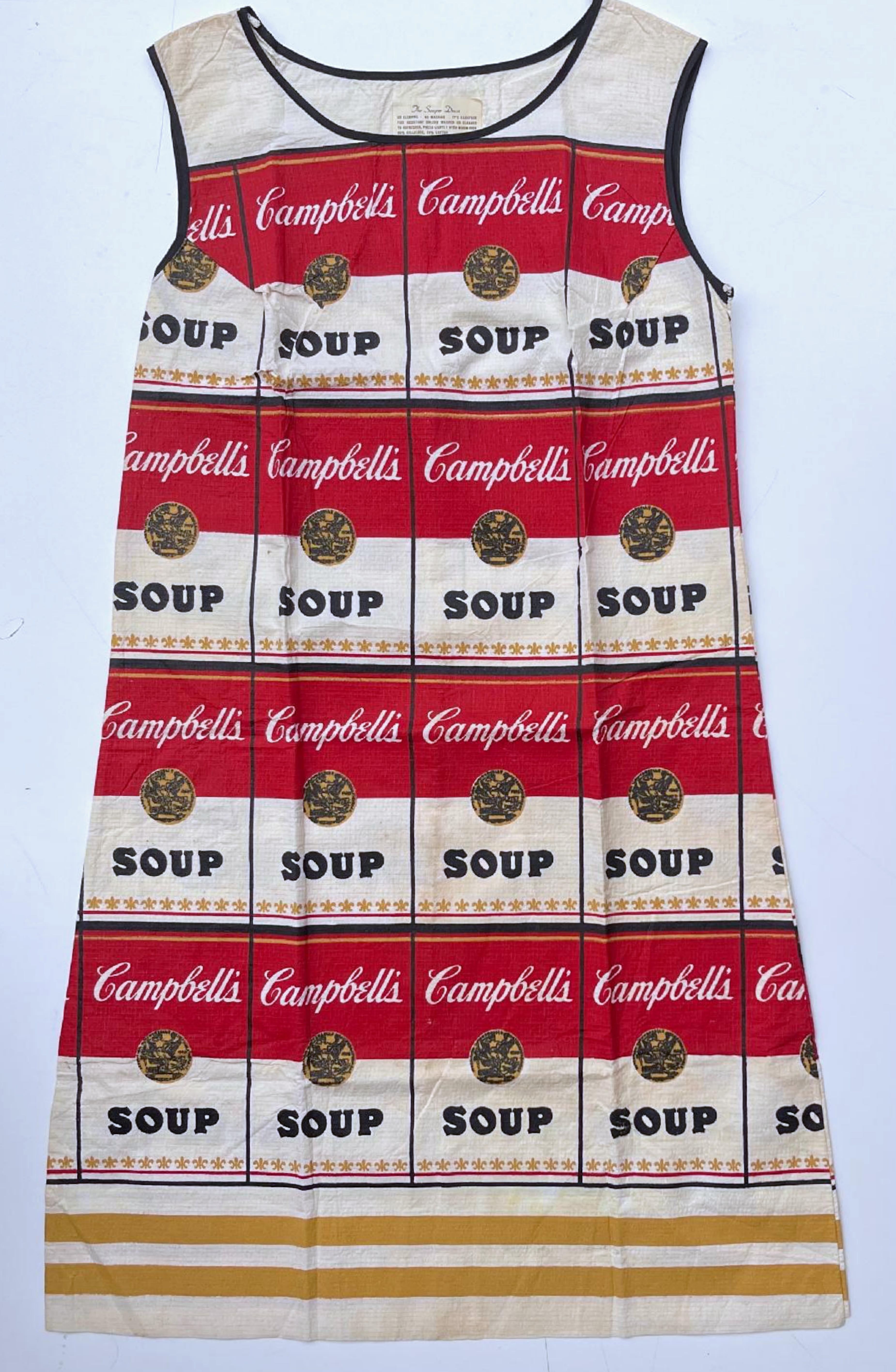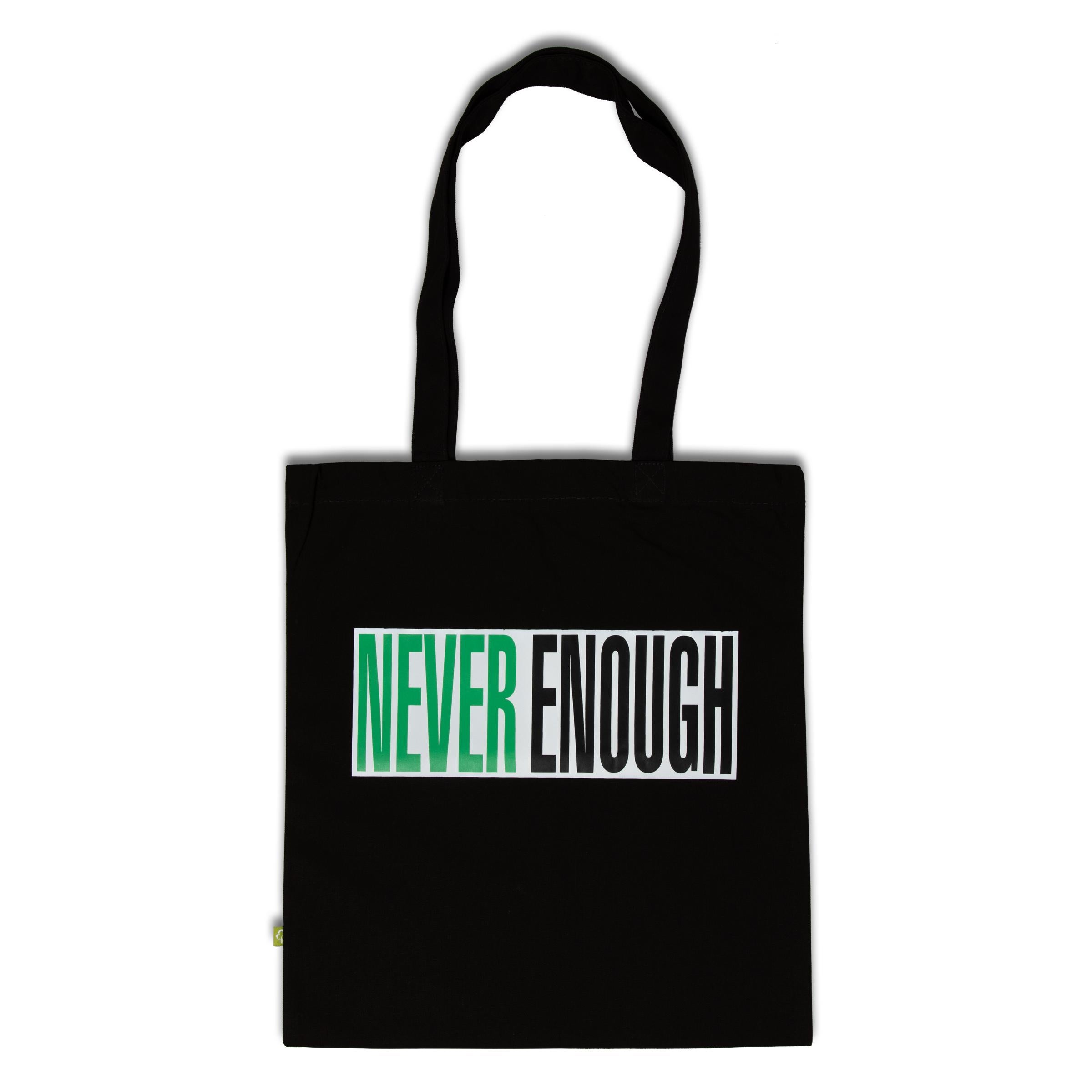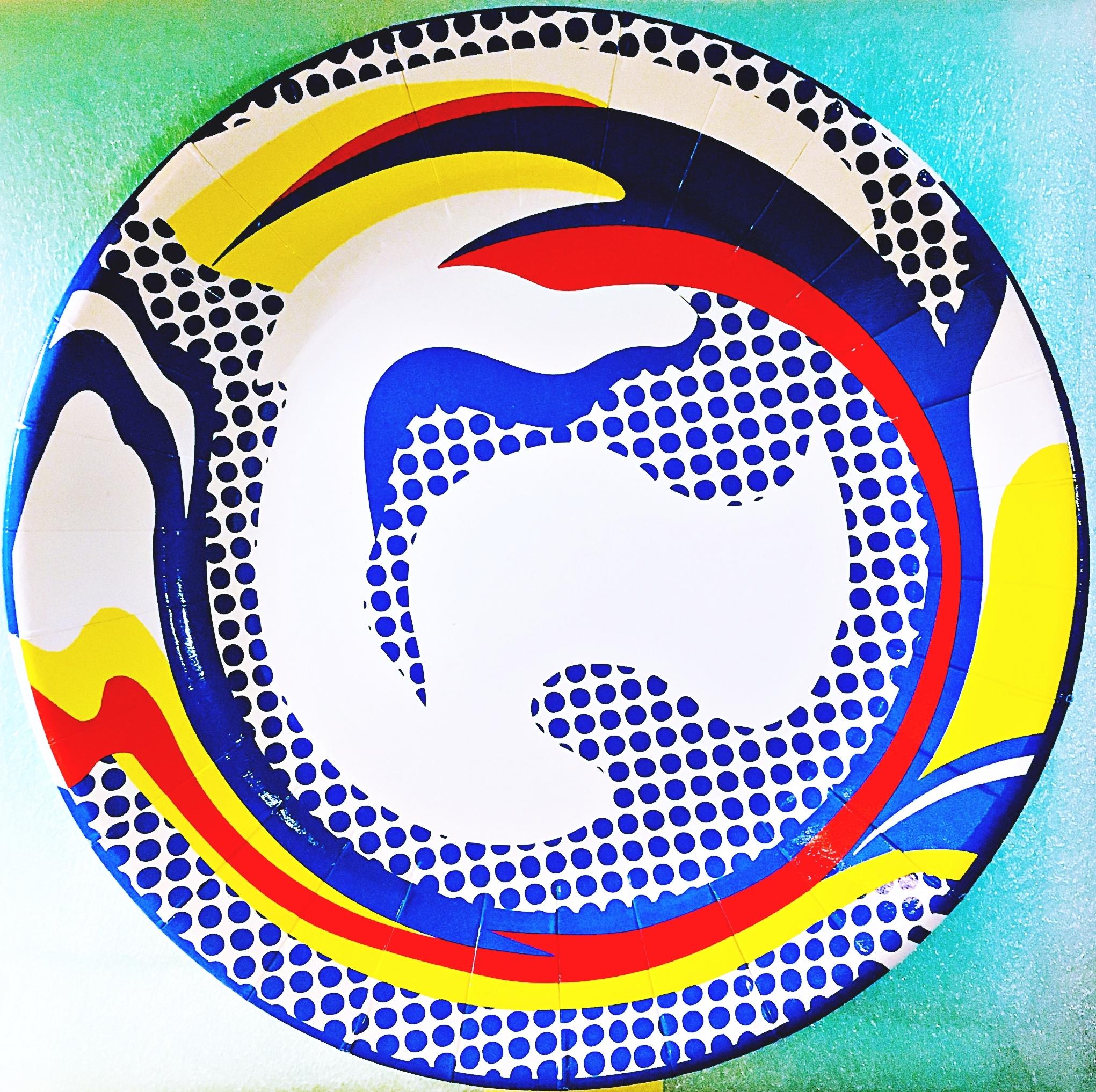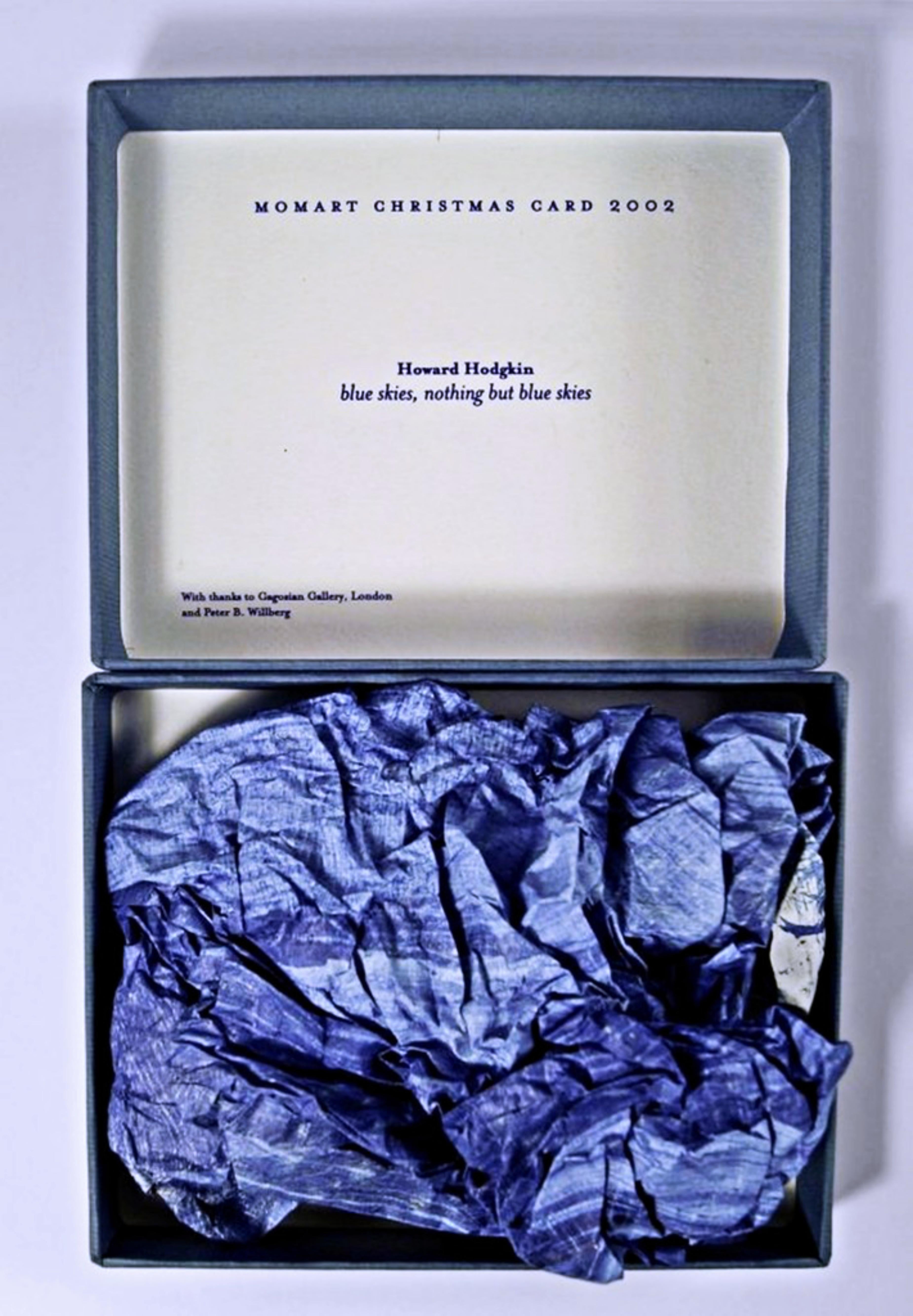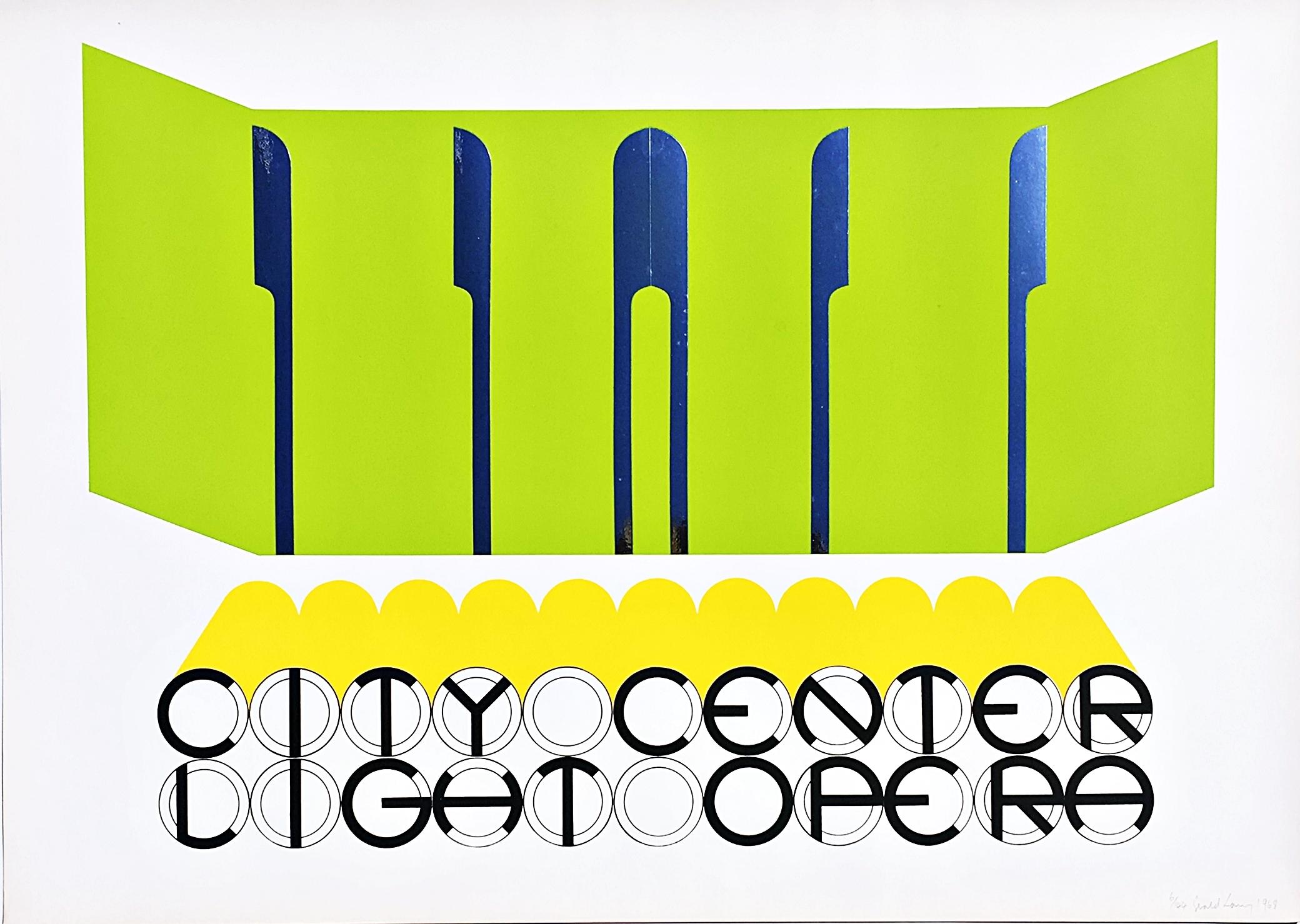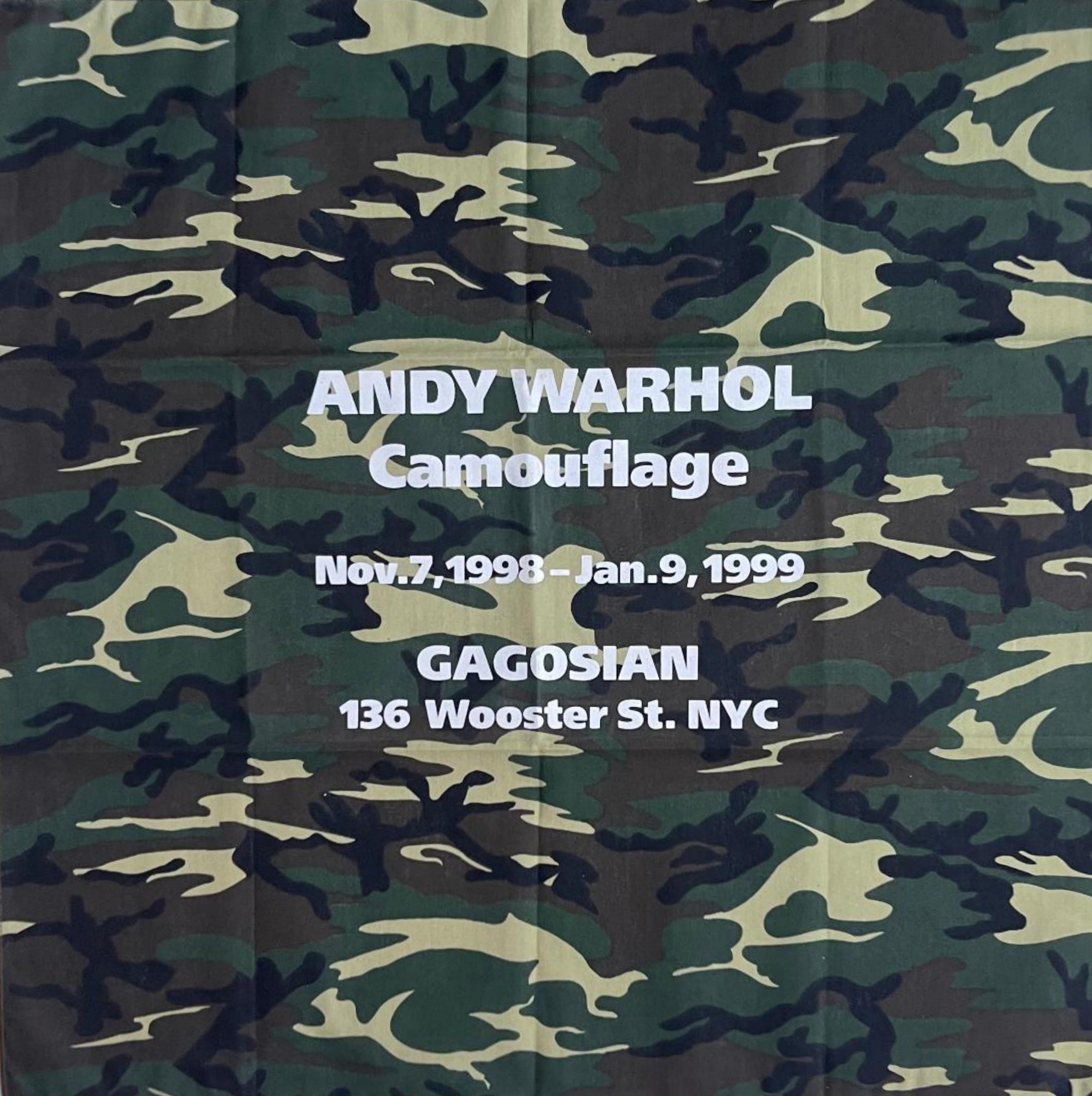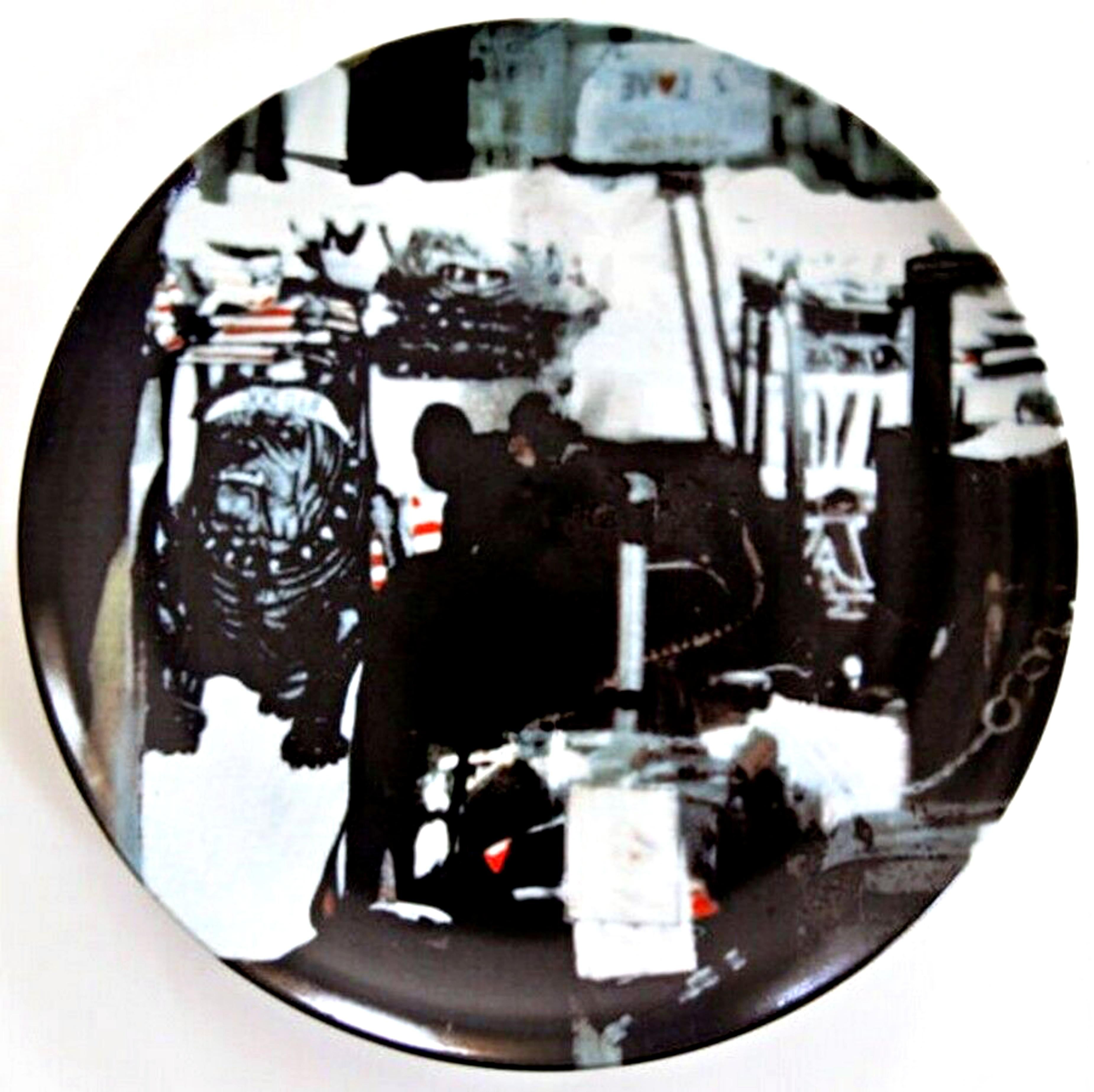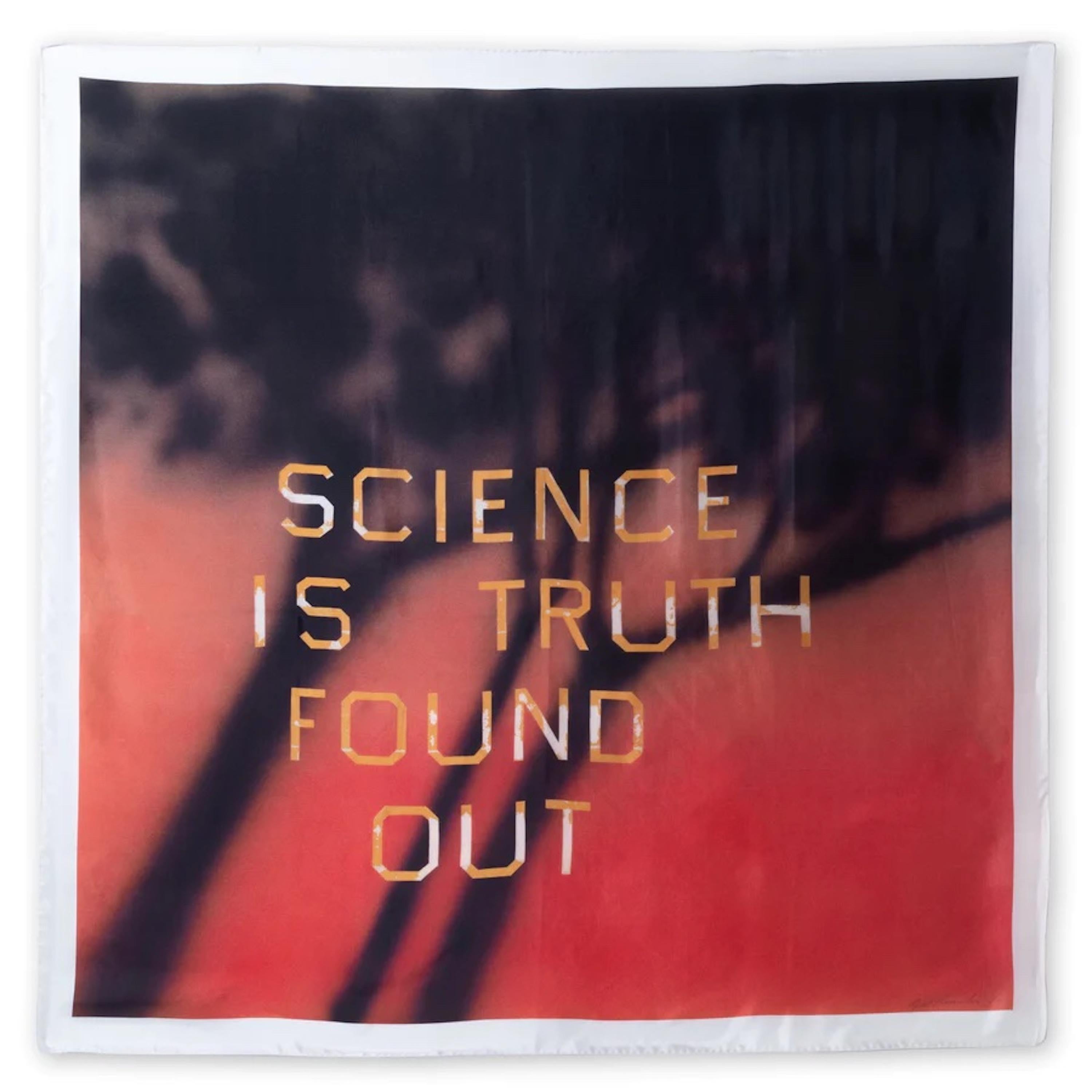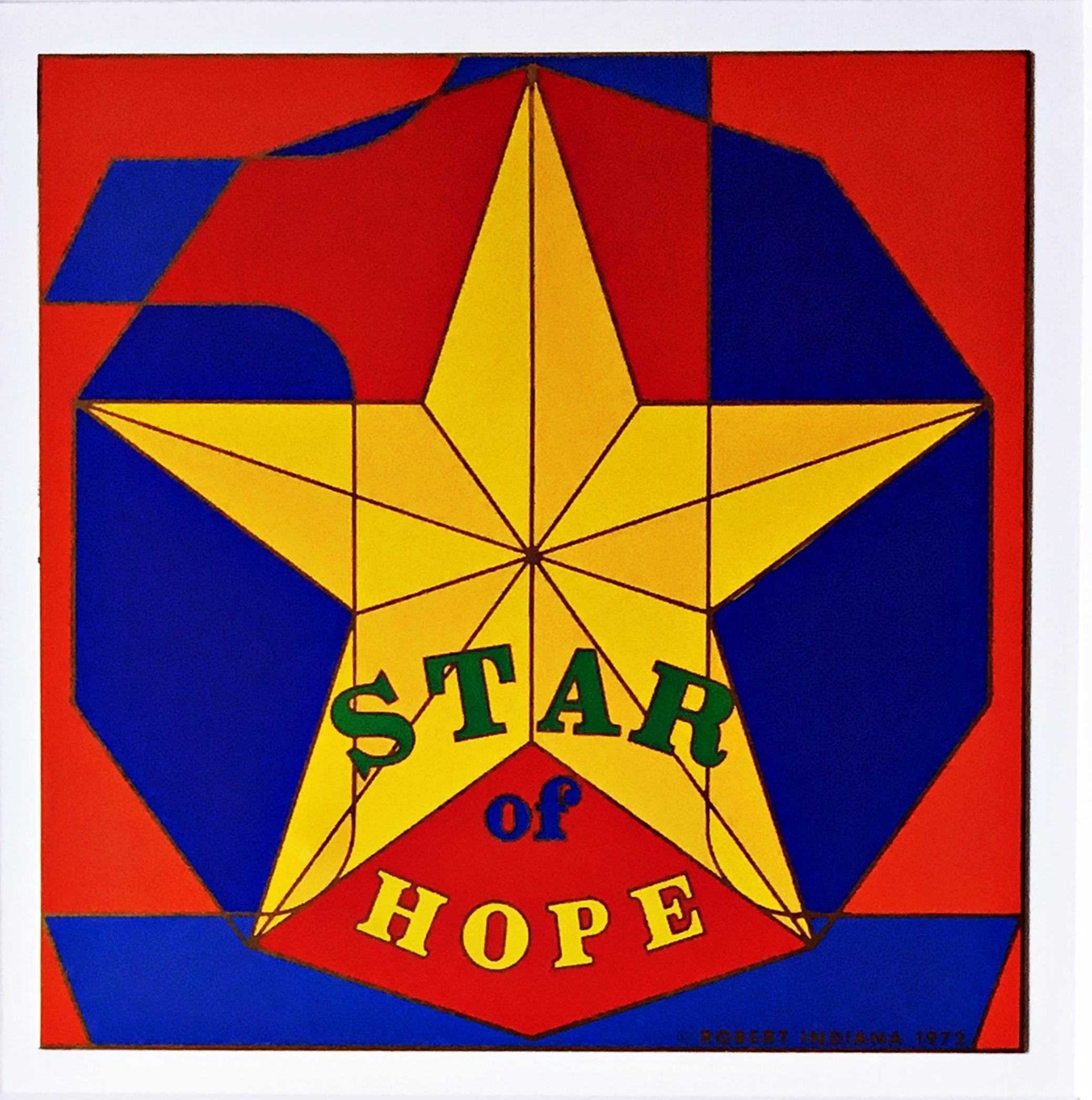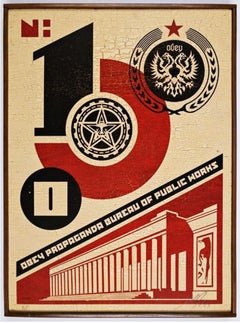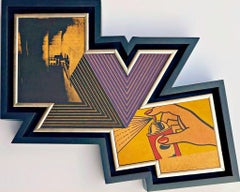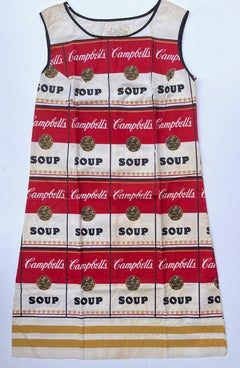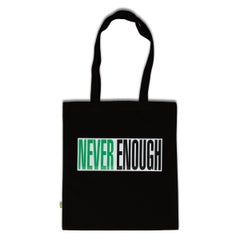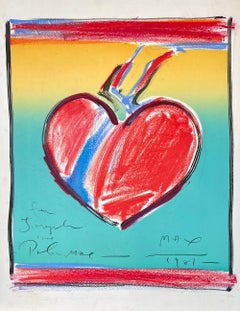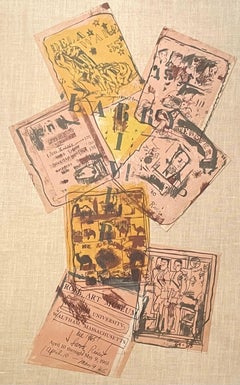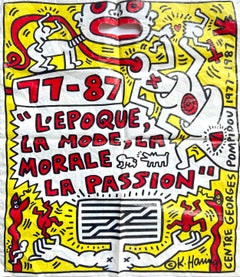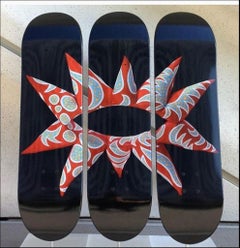
With all My Flowering Heart (A Complete Set of Three (3) Skate Decks
View Similar Items
Yayoi KusamaWith all My Flowering Heart (A Complete Set of Three (3) Skate Decks2014
2014
About the Item
- Creator:Yayoi Kusama (1929, Japanese)
- Creation Year:2014
- Dimensions:Height: 31 in (78.74 cm)Width: 8 in (20.32 cm)Depth: 0.4 in (1.02 cm)
- Medium:
- Movement & Style:
- Period:
- Condition:
- Gallery Location:New York, NY
- Reference Number:1stDibs: LU1745210793842
Yayoi Kusama
Widely inspirational and innovative artist Yayoi Kusama has a body of work that is exceptionally varied, ranging from graphic prints and paintings to polka-dot pumpkin sculptures, hypnotic collages, large-scale installations and fashion design.
Even if you don’t know her name, you’ve likely experienced Kusama’s art — or have seen it on Instagram. Her soft sculptures and dazzling “Infinity Mirrors” are the stuff of selfie-takers’ dreams, but Kusama’s impressive decades-long career certainly holds far more cachet than it does fodder for today’s aspiring social-media influencers.
Born in Matsumoto, Japan, in 1929, Kusama has worked with her signature polka dots since the age of 10, when she began to experience vivid hallucinations and claimed that patterns and dots were moving around her, swallowing up everything in view. She started to incorporate them into her paintings as a child. Kusama saw circular forms and nets on every surface and became especially fascinated with the pebbles that lined the bottom of the creek near her childhood home. Her family was sternly opposed to her art and her mother physically abused Kusama and discouraged her at a very early age. She has suffered psychological turmoil her whole life and is vocal about her mental illness. Today, Kusama is a voluntary resident at a psychiatric facility in Tokyo, and she calls her work “art medicine.”
At the Kyoto School of Arts and Crafts, Kusama trained in Nihonga, a traditional style of Japanese painting that originated during the Meiji period. On advice she solicited from painter Georgia O'Keeffe, a pioneer of modernism in America whom she greatly admired, she subsequently moved to New York City in 1958. There, Kusama flourished, creating prescient sculptures and large-scale monochrome paintings that bridged current styles with minimalism, which hadn’t yet achieved any kind of prominence as an art movement. She pushed boundaries with her “Accumulations” series, which saw her transforming found furniture pieces into sexualized objects, as well as with an avant-garde staging of theatrical orgies on the street — both stemming from her anxieties about sex as well as an endeavor to make a feminist statement about patriarchal authority and sexism.
Kusama was captivated by Surrealists as well as the Abstract Expressionists and greatly influenced the Pop artists who followed, befriending such icons as Donald Judd — who called her work “the best paintings being done” — and Andy Warhol, with whom she exhibited and later accused of stealing her ideas. Kusama moved with ease through artistic circles and made a point to draw attention to her “otherness” as a Japanese woman by wearing kimonos to her openings.
In 2021, Kusama brought her floral and vegetal sculptures to the New York Botanical Garden and her works can be found in the collections of many of the world’s top museums, including the Museum of Modern Art in New York, the Centre Pompidou in Paris and the National Museum of Modern Art in Tokyo. She famously collaborated with Louis Vuitton in 2012, and she created a 34-foot-tall balloon for the Macy’s Thanksgiving Day Parade in Manhattan in 2019, becoming the first female artist to design a work for the event. In addition to her visual artwork, Kusama is a writer, publishing poetry, novels and an autobiography.
Find a collection of Yayoi Kusama art on 1stDibs.
More From This Seller
View All2010s Pop Art Abstract Prints
Wood, Mixed Media, Permanent Marker, Screen
Early 2000s Pop Art Abstract Prints
Wood, Screen
1970s Pop Art Abstract Prints
Masonite, Pencil, Screen
1960s Pop Art Abstract Prints
Cotton, Mixed Media, Screen
2010s Pop Art Abstract Prints
Screen, Paper
Early 2000s Pop Art Mixed Media
Mixed Media, Screen
You May Also Like
21st Century and Contemporary Pop Art Abstract Prints
Cotton, Screen
1980s Pop Art Mixed Media
Mixed Media, Lithograph
1960s Pop Art Mixed Media
Lithograph
1980s Pop Art Abstract Prints
Plastic, Offset, Lithograph
1980s Pop Art Abstract Prints
Offset, Lithograph
21st Century and Contemporary Pop Art Mixed Media
Mixed Media
Recently Viewed
View AllRead More
This Hypnotic Yayoi Kusama Collage Seems to Reach beyond the Canvas
In Repetition GL.A, polka-dotted protuberances rise from a surface of rippling net. Here’s what makes the piece so rare.
Welcome (Back) to the Wild, Wonderful World of Walasse Ting
Americans are rediscovering the globe-trotting painter and poet, who was connected to all sorts of art movements across a long and varied career.
